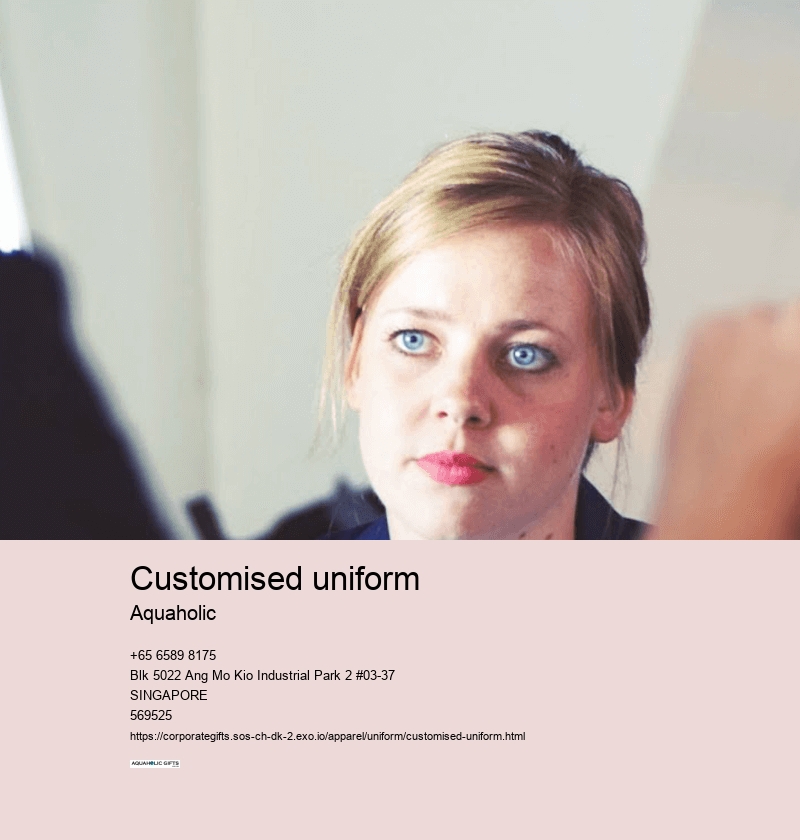customised uniform
printed uniform
Cotton is able to adapt well to different environments, allowing you to stay cool during the scorching summer months and also acting as an excellent insulation in winter. A good fabric will provide ease of movement, increases confidence and boosts productivity in the workplace. It's more than just creating an aesthetic by incorporating elements that provide all-day comfort.
These are the unsung heroes providing affordability coupled with durability. Allowing for subtle customizations can help wearers feel a sense of individuality while adhering to the broader uniform code.
The idea of putting your logo to the chest places your brand at the forefront of the public's attention. The uniform designs must be inclusive and cater to individuals of all sizes.
They ensure that your uniform is a safe vehicle for the brand's journey. But, you must take into consideration their breathability and the way they react to different temperatures prior to making a decision.



